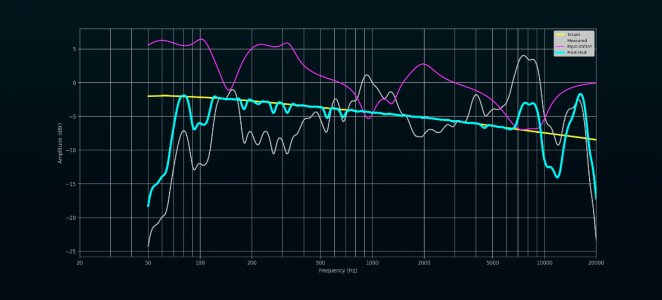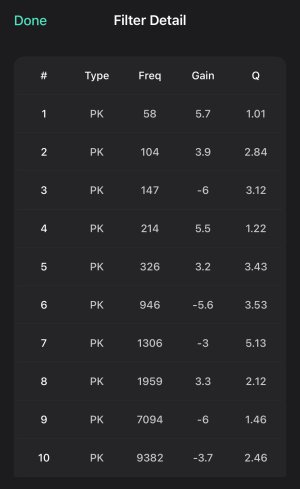Maybe I didn't get the concept (because I'm not on the beta program), but I always understood the graphs like this:
Measured (grey): Initial measurement of transfer function (frequency response) prior to applying any room correction.
Equalization (magenta): Summary of all individual correction filters to apply.
Predicted (cyan): Multiplication of transfer functions Measured and Equalization.
In this posting by
@Trailer ...
…and this is exactly what beta is for.

forum.wiimhome.com
... the "Measured" transfer functions look totally off
and they are totally different. I'm not talking about the "Predicted" transfer function, which is just calculated.
If these assumptions are wrong, someone please enlighten me.


